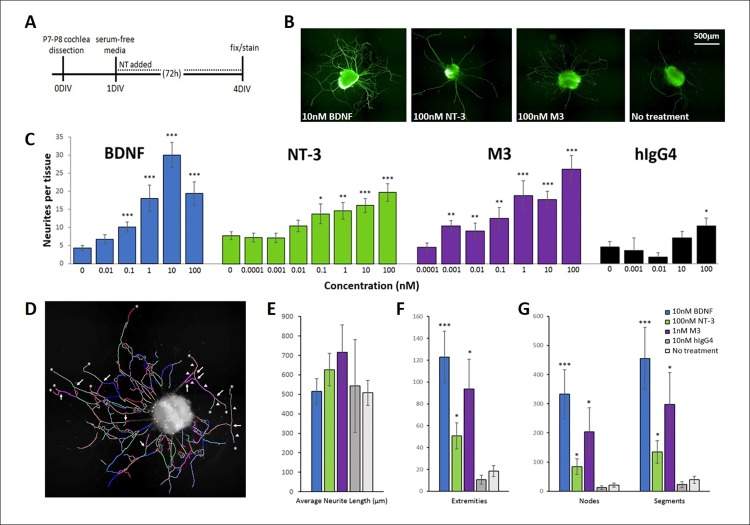Fig 4. BDNF, NT-3 and M3 promote neurite extension in SGN explants.
(A) Protocol for explanted SGN dissection and culture. (B) Example of SGN explants under different treatment conditions after 48-72h in culture. Neurotrophic treatments increased the number of neurites that extend from the tissue. Tissues were fixed and immunostained for neurofilament (green). (C) BDNF, NT-3 and M3 had a dose-dependent effect on the number of neurites per explant. The isotype control, human IgG4, also appeared to promote neurite outgrowth at the highest dose (100nM). (D) Explants were imaged and analyzed individually using the Harmony neuron analysis to examine neurite length, nodes (arrows), segments (arrowheads), and the number of extremities (asterisks). (E-G) BDNF, NT-3, and M3 had a strong effect on neurite complexity of SGN explants compared to IgG-treated or untreated controls. *p<0.05, **p<0.005, ***p<0.0005. P-values for BDNF, NT-3, and hIgG4 were determined by comparison to untreated SGN explants in the same experiment, and values obtained for M3 were compared to SGN explants treated with 10nM hIgG4 in the same experiment. For BDNF, N = 18 to 50; for NT-3, N = 17 to 50; for M3, N = 19 to 46; for IgG, N = 2 to 37, representing the number of explanted tissues that were combined across multiple independent experiments. For neurite counts, data was combined from nine independent experiments, and for neurite morphology, data was combined from four independent experiments.

